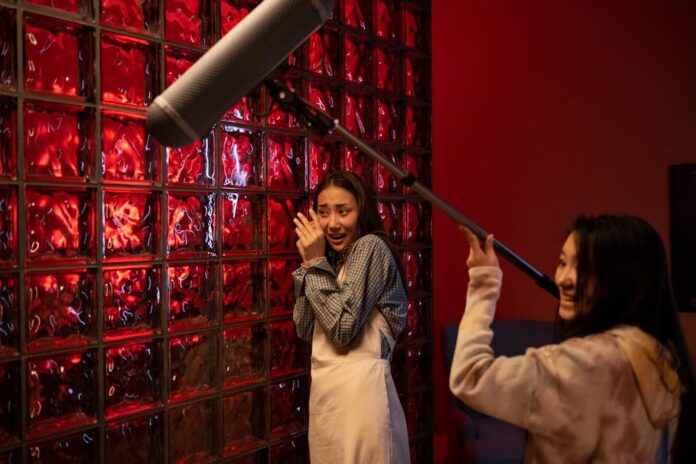⏱️ 4 min read
The magical world of cinema relies heavily on props to bring stories to life and create memorable scenes that stay with audiences for generations. Behind every iconic movie moment, there’s often an fascinating story about the props that made it possible. From ingenious practical effects to valuable collectibles, here are some incredible revelations about famous movie props that showcase the craftsmanship and creativity of film production.
The Maltese Falcon’s Lead Secret
The iconic black bird statue from the 1941 film “The Maltese Falcon” wasn’t made from precious metals as portrayed in the movie, but rather from lead. Several versions were created for filming, with the original prop weighing approximately 47 pounds. Only two original lead falcons survive today, with one selling at auction for over $4 million in 2013, making it one of the most expensive movie props ever sold.
Dorothy’s Ruby Slippers Mystery
Multiple pairs of the famous ruby slippers from “The Wizard of Oz” were created for filming, but their exact number remains disputed. The shoes weren’t originally ruby-colored in the book – they were silver. The color was changed to take advantage of the new Technicolor film process. Each shoe was covered in about 2,300 sequins, and the pairs that survive today are among the most valuable movie props in existence.
Indiana Jones’s Versatile Hat
The iconic fedora worn by Harrison Ford in the Indiana Jones series wasn’t just one hat – multiple versions were created for different scenes. The original hat was a Herbert Johnson model, customized specifically for the film. Different variations were made for action sequences, including softer versions for safety during stunts and more rigid ones for close-up shots.
The Transforming Lightsabers
The lightsabers used in the original Star Wars trilogy were crafted from vintage Graflex camera flash handles. These practical props were modified with various additions, including windshield wiper motors and bubble strip material from calculators. Modern Star Wars films still pay homage to this design, though they now use specially manufactured replicas.
Alien’s Budget-Friendly Xenomorph
The terrifying Xenomorph costume from “Alien” was created using surprisingly mundane materials. The suit included pieces from a Rolls Royce automobile, plumbing tubes, and even a human skull. The creature’s infamous extending inner jaw was operated using a simple hand mechanism, proving that creative ingenuity can triumph over expensive special effects.
The Reusable Blade Runner Gun
The iconic blaster used by Harrison Ford in “Blade Runner” was actually built around a real Charter Arms Bulldog revolver. The prop has appeared in several other science fiction films, including “Battlestar Galactica,” albeit with slight modifications. This practice of recycling and modifying props is common in the film industry to save time and money.
The Back to the Future DeLorean Evolution
The time-traveling DeLorean from “Back to the Future” went through multiple iterations during filming. Three primary cars were used, each serving different purposes – one for exterior shots, another for interior scenes, and a third that was cut in half for specific camera angles. The flux capacitor, arguably the car’s most famous feature, was simply constructed from wood and plastic light panels.
The Edible Chocolate Props
In “Willy Wonka & the Chocolate Factory” (1971), many props were actually edible. The crew created real chocolate rivers and candy props, though most weren’t as appetizing as they appeared. The chocolate river was made from water, cocoa powder, and cream, but became rancid after several days under hot studio lights, creating an unforgettable smell on set.
The Shape-Shifting Terminator Hand
For “Terminator 2: Judgment Day,” the T-1000’s liquid metal effects were achieved through a combination of computer graphics and practical effects. However, many scenes used simple household materials like mercury and mimetic polyalloy to create the metallic liquid effect, especially for close-up shots of the terminator’s transforming hands.
The Multi-Million Dollar Batman Suit
The Batsuit from Christopher Nolan’s Dark Knight trilogy cost approximately $300,000 each to produce. Multiple versions were created for different scenes, with some designed for mobility and others for close-up detail shots. The suit consisted of 110 separate pieces, each individually molded, textured, and assembled by hand.
These fascinating prop stories demonstrate the incredible creativity and resourcefulness of film production teams throughout cinema history. From turning everyday objects into iconic symbols to creating groundbreaking practical effects, movie props continue to be an essential element in bringing movie magic to life. Whether crafted from precious materials or clever household items, these props have become valuable pieces of film history, often worth far more than their original production costs.

